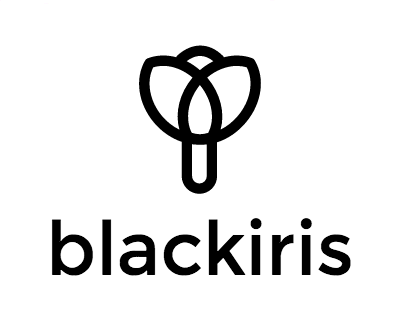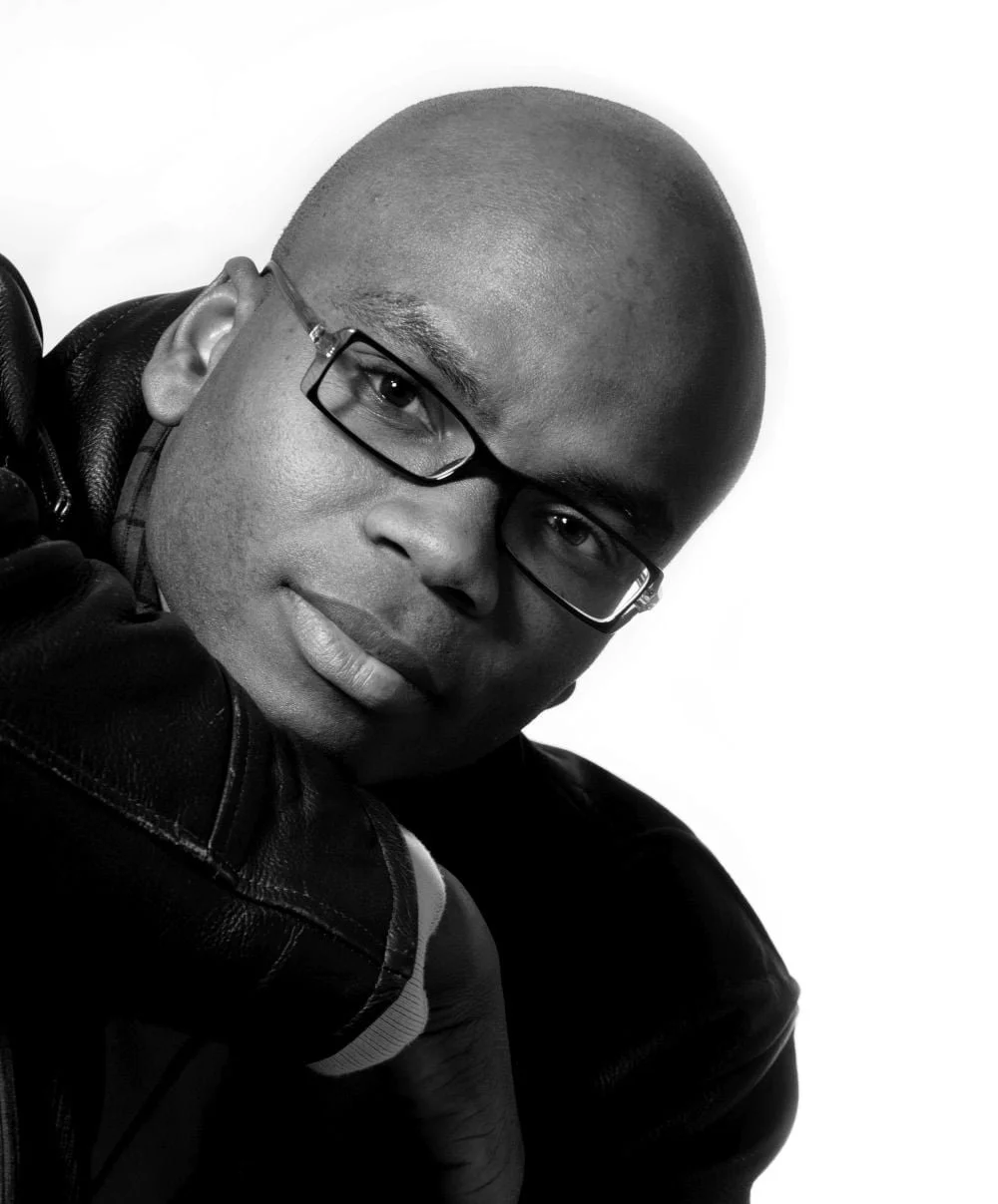The Family Took Shape, by Shashi Bhat
A subtle, sophisticated take on the immigrant novel
In Shashi Bhat’s enigmatic first novel The Family Took Shape, 10-year-old Mira Acharya thinks back to when her father was still alive. Her parents would “stay up late watching the Fox Network (her father’s head on her mother’s stomach, folded over each other in their bed like resting cows.) They would fall asleep with the television still on, and it flashed over their sleeping bodies until morning, when Mira and Ravi would crawl in there with them.” The sheets were “warm as fresh roti.”
But that was years ago, before her father was killed in a car crash. Since then, Mira’s big brother has been diagnosed with autism. Ravi has been placed in special ed at their elementary school and is not expected to lead a normal life. Mira’s busy, cash-strapped mother is anxious for the future. This is not the life she had envisioned when she came to Canada from India as an excited newlywed.
This, in a nutshell, is the premise of Bhat’s subtle, sophisticated take on the immigrant novel in which a family’s attempt to rebuild itself from broken parts parallels its efforts to lay down roots. It is set in multicultural Richmond Hill, Ontario, outside Toronto, glimpsing back to India, and follows Mira from the age of six to 28. Against the backdrop of her relationship with her mother and handicapped brother, we observe the evolution of her identity and character.
Bhat’s approach is two-pronged: She divides the action into discrete, tenuously linked, episodes, while she rejects the conventional scaffolding of plot. We advance chronologically but have no idea where we’re headed. Instead, we respond, like Mira, to an accumulation of detail. As the title indicates, this a work about becoming: A family, a person, a novel.
Varanasi, India (photo by Srivatsan Balaji)
Bhat keeps us so focused on Mira as an individual that we barely realize we are reading a story exploring seminal Canadian literary themes, including immigration, multiculturalism, and the country’s vaunted handling of “difference.” It begins with a young Mira and Ravi and their shared love of art. The siblings take drawing lessons together after school. Ravi repeats himself and makes odd sounds, and never draws exactly what he sees. Still, he is the gifted one. Ravi’s autism mortifies Mira. She longs for a normal big brother. She does not tell when a freckle-faced bully starts picking on Ravi at school.
Mira gets picked on, too. By Lucy Chin, who envies Mira’s beautiful long hair. Lucy pinches Mira’s arms and kicks the back of her legs, leaving bruises. She forces her to stand in a beehive covered in applesauce. At home, Mira’s mother is so preoccupied with Ravi and tight family finances that she never notices Mira’s increasing anxiety.
Mira is skeptical of her mother, in any case. She doubts that her mother will ever grasp Canadian norms. Her mother constantly burdens Mira with inappropriately adult concerns, when all Mira wants to be is an ordinary kid. Mira takes her frustration out on Ravi, sometimes treating him cruelly, even though, as she moves into adolescence she is expected to help care for her embarrassing brother. It is within this fiery crucible that Mira — painfully awkward herself — must figure out who she is.
Through Mira, Shashi Bhat questions the Canadian commitment to celebrating difference, as when Mira’s teacher tells students that they must respect others but cannot offer a convincing reason why. It is significant that Lucy, who bullies Mira, is Chinese; and that a student who later berates Mira is dark-skinned. Bhat suggests the tensions of multicultural society are not so black and white.
Ottawa, Canada (photo by Jason Hafso)
Graduated from high school and free at last, Mira enrols in university in Toronto, but she feels alienated from her peers. She identifies with this image of an automobile caught in traffic:
“She once saw a car halted in the middle of an intersection, trapped by the unfortunate timing of traffic and lights. The cars around it honked in violent cacophony, and the crossing multitude of pedestrians — gloveless, shivering, stylish — swore and jeered; one pounded the car’s hood with his fist as he passed.”
This is sometimes a dark novel, but it is never dour. The Acharyas possess rich inner lives. Mira’s mother entertains and inspires with stories of her mischievous Indian girlhood. She regales her with tales of Hindu gods. And Mira’s wonderfully artistic intelligence — her appreciation of colour, texture, taste, and language, as well as humour— serves as the reader’s guide.
Indian spices (photo by Agnieszka Stankiewicz)
Comic relief comes in the form of Lala Aunty, who insinuates herself into the family. The host of a popular Indian cooking show, Eating With Aunty, Lala holds frequent dinner parties for Indians who are alone or new to the country or down on their luck. Her meals are notoriously bad, but her heart is good. Over the years she emerges as the family’s fairy godmother.
The Family Took Shape has a strange and very beautiful ending, proof of Bhat’s literary promise. It may take a moment to get used to the general quietness of this book. But the more time you invest, the greater the reward.
A previous version of this review appeared in the National Post.








